The Hardie-Coleman House, Uniontown, AL
A Neo-Classical Revival Landmark Ready for Its Next Chapter
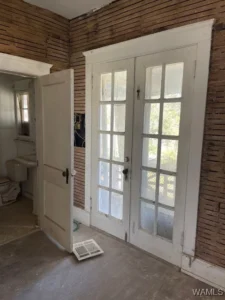
Snapshot
- Address: 201 North Street, Uniontown, Alabama
- Built: c. 1918 (within the Uniontown Historic District; NRHP-listed district since 2000)
- Size: ~4,016 sq ft | Beds/Baths: 4 / 2.5
- Lot: 0.62 acres
- List Price: $64,900
- Listing: Pride Forney, The Forney Group, LLC (for inquiries/verification)
Why This Property Matters
The Hardie-Coleman House is one of Uniontown’s most impressive Neo-Classical Revival residences. Its double-height front portico, soaring Corinthian columns, and balanced façade embody the grand domestic architecture of the early 20th century. Though time and neglect have taken their toll, the home’s scale, symmetry, and core structure remain—offering a rare, restoration-ready canvas at an approachable price point.
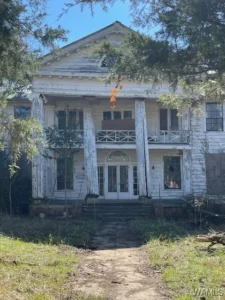
Architectural Highlights
- Statement Portico: A two-story, columned entry anchors the façade and signals the home’s original grandeur.
- Grand Central Hall & Stair: The plan centers on a gracious hall and stair—an ideal spine for restoration.
- Wrap-Around Porches: Wide, airy porches extend living space and reconnect the home to its lot.
- Period Details: Classical trim, tall ceilings, and generous room sizes survive beneath later wear, inviting informed rehabilitation rather than reinvention.
Condition & Opportunity
This is a fire- and neglect-survivor. Expect comprehensive interior rehabilitation: roof, mechanicals, kitchens/baths, finishes, and porch/column stabilization. The upside is significant—“good bones” and an intact overall form that reduce the need for costly re-planning. For the right steward, this is a value-buy with genuine architectural payoff.
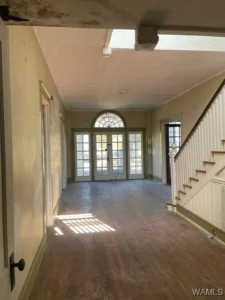
A Difficult Past—And a Path Forward
The property’s story includes a widely reported tragedy in the 1980s and a later fire, after which the house was boarded for years. Those events have understandably shaped local memory. A thoughtful restoration can help reframe the narrative—from loss to stewardship—by honoring history, increasing safety and use, and reintegrating the house into community life.
(Prospective buyers should conduct their own due diligence on all historical and legal matters.)

Incentives & Preservation Tools
Because the home sits within the Uniontown Historic District (NRHP, 2000), qualified work may be eligible for preservation incentives (subject to program rules):
- Federal Historic Rehabilitation Tax Credit (for income-producing uses)
- Potential state/other grants or credits (availability varies; consult Alabama SHPO)
- Local/nonprofit support for heritage projects in the Black Belt region
These tools can materially improve project feasibility when paired with a credible scope, team, and reuse plan.
Uniontown: Past, Present, Possibility
Founded in 1818 (originally Woodville), Uniontown grew as a Black Belt hub of agriculture and trade. Today, it’s a small city working through real challenges—environmental concerns, aging infrastructure, and limited retail—while also nurturing civic initiatives focused on beautification, youth engagement, and heritage tourism. For restoration-minded buyers, that mix creates an opening to invest with impact.
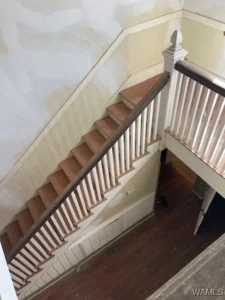
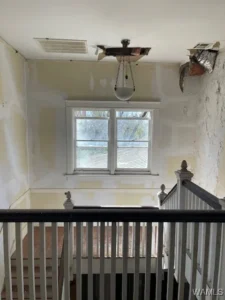
Vision: What This House Could Be
Choose a program that matches incentives and community goals:
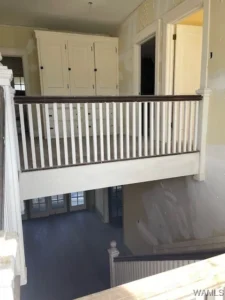
1) Thoughtful Single-Family Restoration
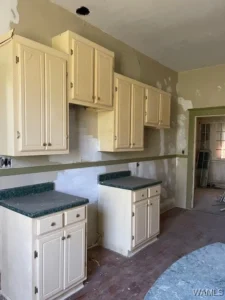
- Reinstate classical features (columns, balustrades, entablature)
- Rebuild porches; restore central stair and millwork
- Modern systems discreetly integrated behind period finishes
2) Small-Scale Adaptive Reuse (Income-Producing)
- Boutique B&B or events venue (weddings, lectures, retreats)
- Cultural/arts hub with gallery, workshop, or heritage exhibits
- Professional office (design studio, law/consulting) leveraging the prestige of place
3) Hybrid Model
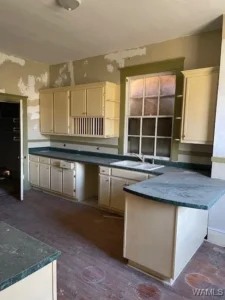
- Owner residence upstairs; bookable public rooms on main level
- Seasonal programming tied to Uniontown’s heritage and emerging tourism
(Confirm zoning, egress, accessibility, parking, and code requirements for any non-residential plan.)
Project Roadmap (High Level)
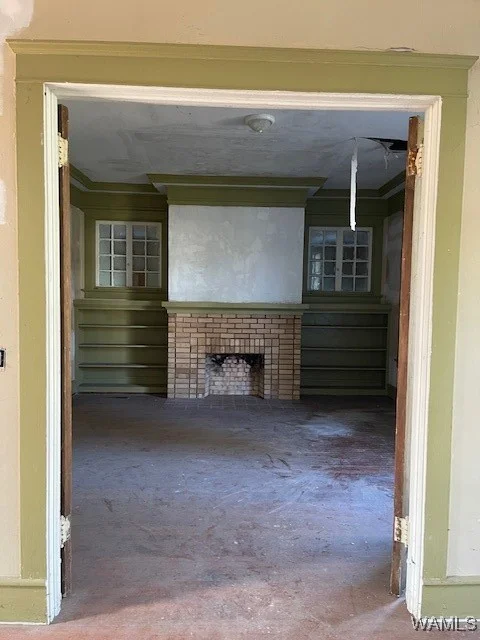
- Assessment: Structural, roof, foundation, columns, porches; environmental testing where prudent.
- Stabilization: Weather-tight envelope; porch/column shoring; secure openings.
- Approvals & Incentives: Engage SHPO early; align scope with Secretary of the Interior’s Standards; map out tax-credit timelines.
- Systems & Envelope: Electrical, plumbing, HVAC; roof; drainage; masonry/wood repair.
- Interior Restoration: Stair, trims, floors; period-appropriate kitchens/baths; plaster/paint.
- Site & Porches: Rebuild railings/steps; landscape for drainage and event-friendly use.
- Operations Plan: If income-producing, build a business model (events calendar, partnerships, heritage marketing).
Buyer Considerations
- Budget realistically: This is a full-scale rehab; line-item contingencies and professional oversight are essential.
- Preservation alignment: Favor repair over replacement; document existing conditions; salvage and reuse original materials where possible.
- Community engagement: Partner with local groups for volunteer days, oral-history events, and apprenticeship-style workshops.
- Risk management: Verify title, permits, easements, prior claims, and any open cases; consult counsel and insurers early.
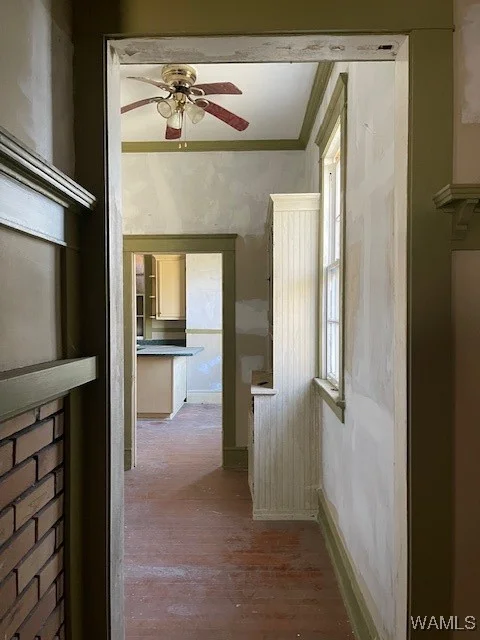
At-a-Glance: The Offer
- Price: $64,900
- House: ~4,016 sq ft | 4 BR | 2.5 BA
- Lot: 0.62 acres
- Style: Neo-Classical Revival, c. 1918
- Status: Contributing property within the Uniontown Historic District (NRHP, 2000)
- Contact: Pride Forney, The Forney Group, LLC (listing agent)
The Invitation
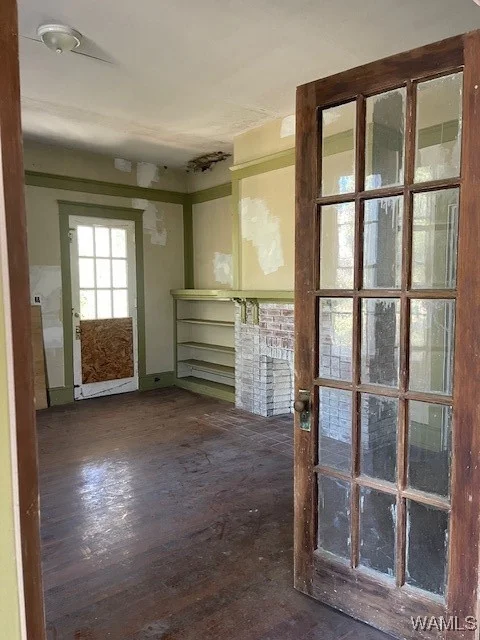
The Hardie-Coleman House is more than a project; it’s a chance to preserve architecture, strengthen community, and reshape a narrative. If you’ve been waiting for a restoration where your effort truly matters, this is it—a rare, attainable entrée into Alabama’s historic legacy.